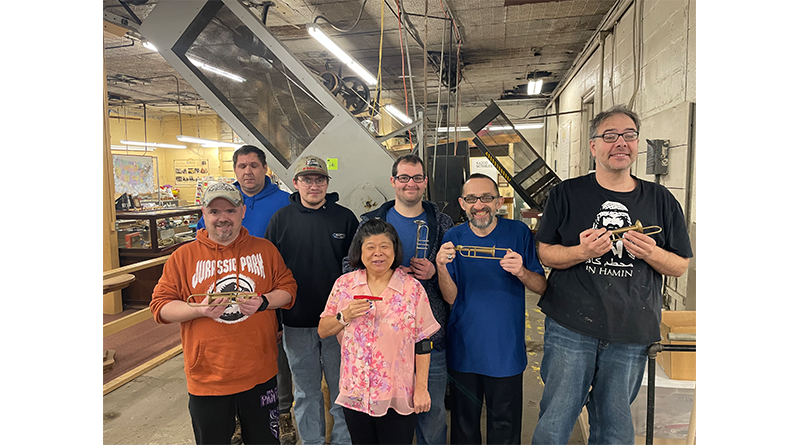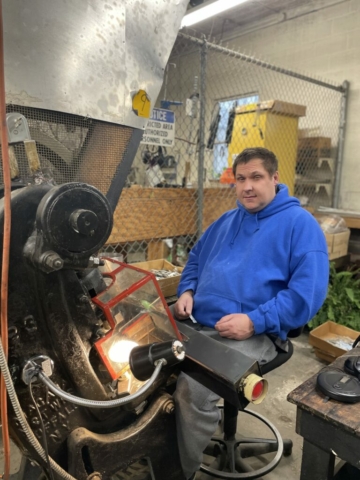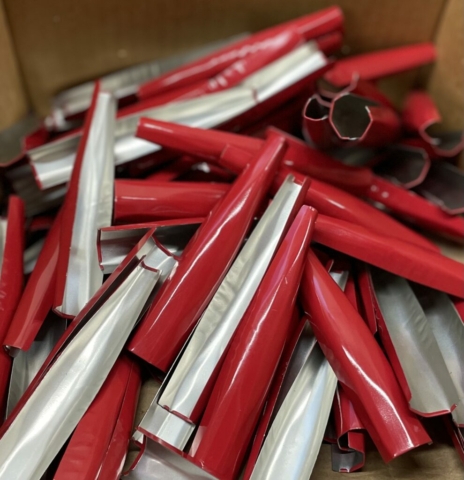National Kazoo Day is celebrated each year on January 28th. In fact, most people will agree that we should consider the fourth week of January as National Kazoo WEEK!
Kazoo lovers across America continue the campaign to make the kazoo America’s official musical instrument. Everyone is invited to join the effort and support the campaign.
All About The Kazoo
A kazoo is a tube-formed, American musical instrument, with both ends of the tube uncovered. One end of the tube is flattened, while the other end of the tube has a small circular opening.
Around two thirds down the instrument there is another circular hole. This hole leads to a small chamber, where a membrane is situated. The Mylar membrane, or resonator, is fixed around the edges by a circular cap and is free to oscillate.
How to play the kazoo:
The whole idea behind the instrument is, that a kazoo player hums through the large end of the instrument inducing an air current which makes the resonator vibrate and thus creates a summing, “nasal” sound. By wholly or partially covering up the resonator hole a great diversity of sounds are created.
The resonator is the key point of the kazoo. It gives the kazoo its distinction from the “horn-section-instruments”. The kazoo should be viewed as a singing-drum. Therefore it is of no use to simply blow through a kazoo, which is a common mistake among first time kazoo-users.
REMEMBER…If you can HUM, you can play!
The ancient ancestors of the kazoo:
The kazoo is categorized among the type of instruments known as the “mirlitons”. This group of instruments are characterized by having a vibrating membrane.
It is believed that the kazoos closest relative is the African version of a mirliton: the horn-mirliton. The building materials of the horn-mirliton were of a more primitive nature. The tube was made out of the horn of a cow and the membrane consisted of the egg-shells of spiders. The African horn-mirliton was used to distort voices at tribe gatherings. An analogy here is the use of the mask in the theatre.
The first mirlitons in Europe were the “eunuk”-flutes from 17th and18th century. König Ludwig von Bayern had an enormous 2.13 meter long mirliton build for use in a Wagner opera. To construct this mirliton the king imported extremely “fat” eunuks from the kingdom of Ottoman to do the job.
The kazoo becomes a thing of the common people:
Through the 18 hundreds, instruments of different construction but similar to the kazoo could be found in the major part of North-America.
These instruments were based on the African mirliton and were used for folk music.
In the mid-18 hundreds the kazoo in its present form started making an impact on the history of the world. A guy by the name of Alabama Vest got the idea for the kazoo in the 1840’s in Macon, Georgia. He teamed up with the German clock manufacturer Thaddeus Von Klegg to construct the first kazoo.
Emil Sorg, who was a travelling salesman, came across a Vest and von Klegg’s kazoo on one of his business trips. He showed great interest in the kazoo and was eager to get the kazoo into mass-production. With this thought in mind Emil Sorg travelled to New York. Here he became partners with Michael McIntyre, who was an iron smith. Together Sorg and McIntyre created the first production of the kazoo in the year 1912. McIntyre had now gained enough knowledge to maintain the production of kazoos all by himself. All he needed was a larger factory.
In 1913 he separated from Emil Sorg and teamed up with Harry Richardson who owned a big metal factory. McIntyre and Richardson launched the first mass-production of the kazoo in 1914. Selling kazoos was a good business. The sales figures of the popular instrument rose enormously. In 1916 McIntyre and Richardson renamed their partnership and turned it into a company called The Original American Kazoo Company, in Eden, NY. As other manufacturers of kazoos tried to get in on the sales market the pressure of competition was rising. Therefore it was a feeling of satisfaction and pride when McIntyre succeeded to get his product patented in 1923.
The factory itself still exists today and it still produces kazoos and the resonators. Next to the Original Kazoo Factory a museum has been built to tell the history of the kazoo and to give a detailed description of the instrument.
For more than 20 years, the Original Kazoo Company has been owned and operated by sasi, a Western New York non-profit organization that supports people with intellectual and developmental disabilities. The factory employs several people with a disability in both the manufacturing and packaging of these iconic instruments.











